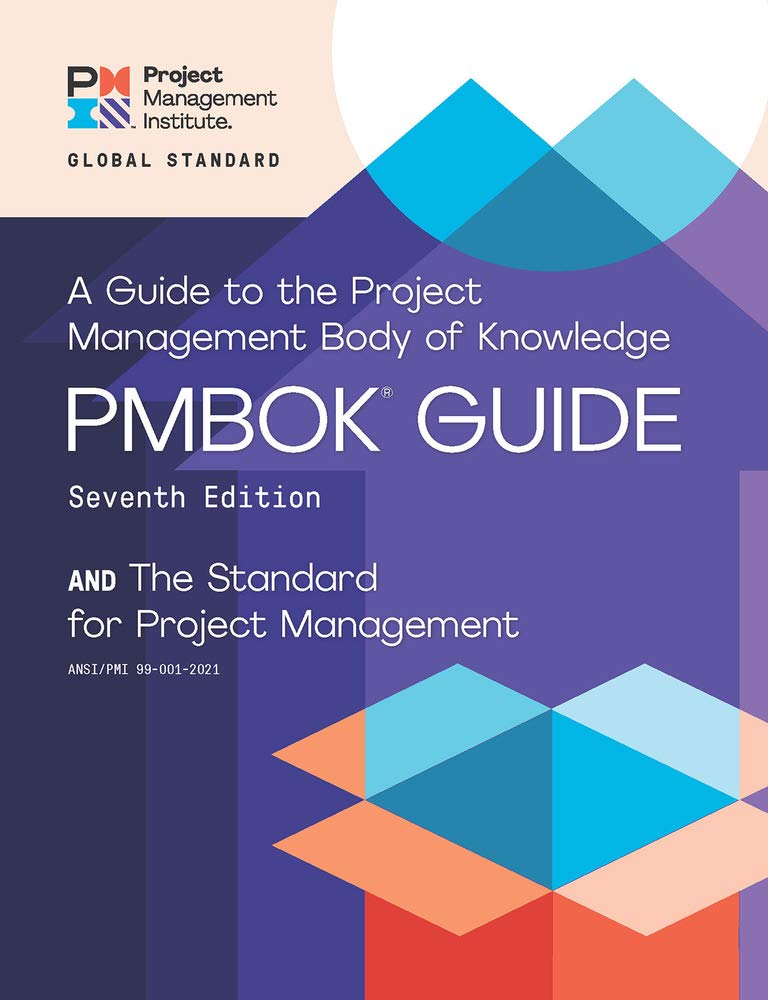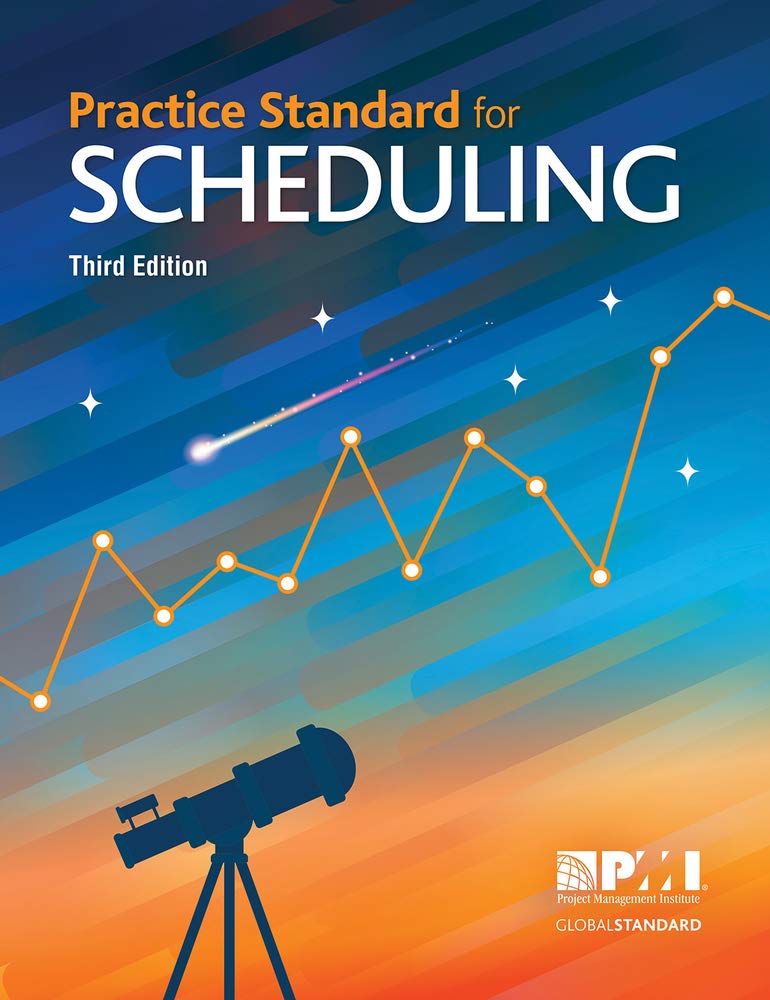
Project Schedule
What is a Project Schedule?
A project schedule is a detailed plan that outlines the tasks, timelines, and resources required to complete a project. It serves as a roadmap that guides project teams from the initiation phase through to completion. The schedule identifies start and end dates for each task, their durations, and any dependencies between them. It helps project managers monitor progress, allocate resources efficiently, and ensure the project stays on track. A well-structured schedule supports informed decision-making and helps teams manage risks and adjust plans when necessary.
Key Points
- A project schedule typically includes a work breakdown structure (WBS), timelines, milestones, and deadlines.
- It often uses scheduling tools such as Gantt charts or network diagrams to visualize task sequences and dependencies.
- Task dependencies identify which activities must be completed before others can begin.
- Milestones mark significant points or achievements within the project timeline.
- Project scheduling is an ongoing process and may require updates to reflect changes in scope, resources, or timelines.
Related Terms
- The work breakdown structure helps organize the overall project into smaller, manageable components that feed into the schedule.
- A Gantt chart visually represents the project schedule by displaying tasks along a timeline.
- Task dependencies identify the logical order in which project activities must occur.
- Project milestones are key markers in the schedule that highlight critical achievements or decision points.
- Resource allocation ensures that team members, equipment, and materials are available when needed during the schedule.
Project Schedule: Example
A construction company developing a new community centre creates a project schedule to manage the work. The schedule outlines tasks such as site preparation, foundation work, framing, and inspections. Each task has a specific start and end date, with certain activities depending on the completion of others. By tracking this schedule, the project manager ensures that teams meet key milestones, avoid delays, and adjust timelines when unexpected issues arise, such as weather-related setbacks.
Project Schedule: Best Practices
- Develop the schedule early in the planning phase with input from all key stakeholders.
- Use visual tools like Gantt charts to improve understanding and communication across the team.
- Clearly define task durations, dependencies, and responsible parties.
- Monitor the schedule regularly and update it to reflect any changes.
- Include buffer time for high-risk or uncertain activities to accommodate delays.
Additional Resources
Preparing for a PMI certification?
- Exam Prep Courses: PMP®, CAPM®, and PMI-ACP®
- Exam Simulators: PMP®, CAPM®, PMI-ACP®, PMI-PBA®, PMI-RMP®, PMI-SP®, PgMP®, and PfMP®
- Professional Development Units (PDUs): 15, 30, and 60 PDU Bundles




